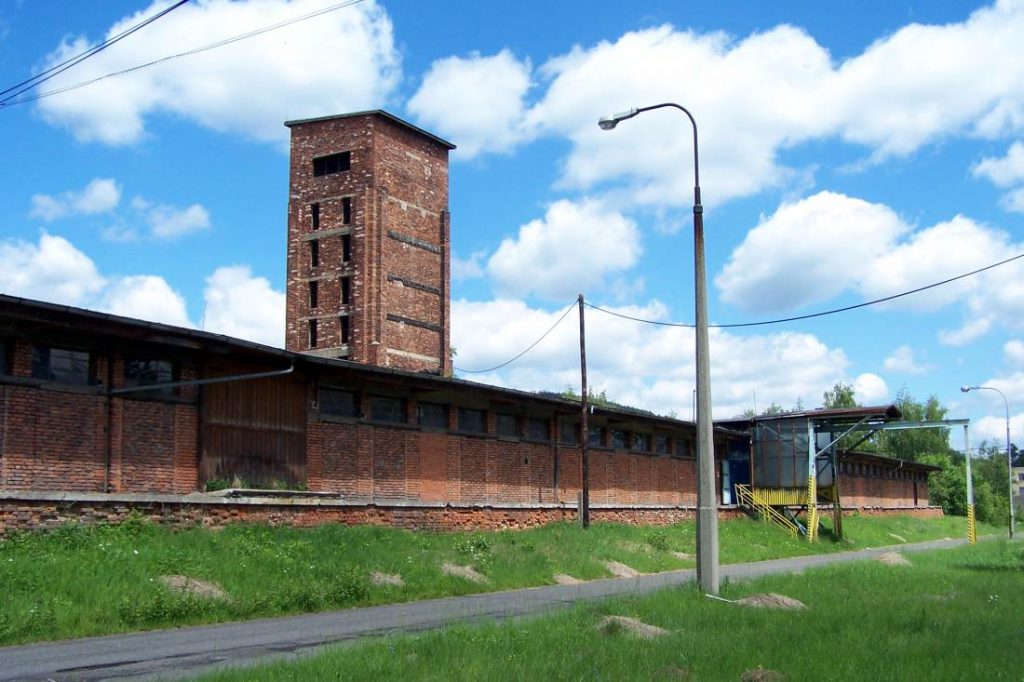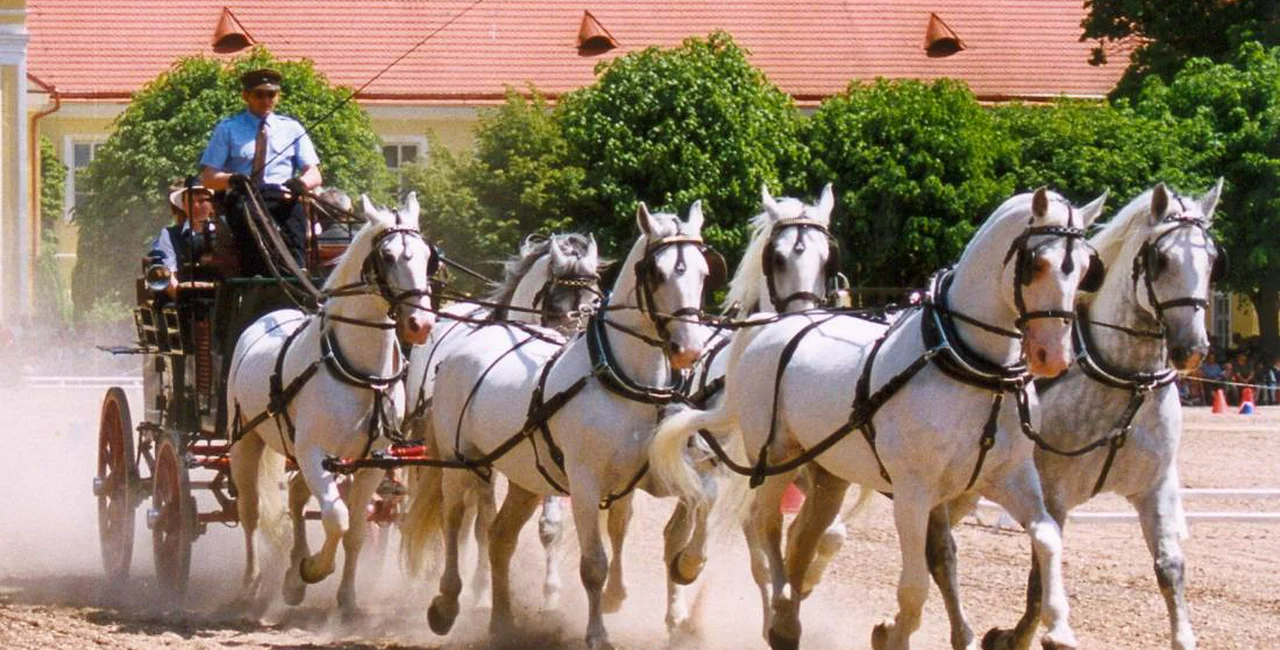The Czech Republic has two new UNESCO World Heritage Sites, bringing the country’s total to 14. The World Heritage Committee at its meeting in Baku decided to inscribe the Erzgebirge / Krušnohoří Mining Region and the Landscape for Breeding and Training of Ceremonial Carriage Horses at Kladruby nad Labem. They are the first new sites in the Czech Republic since 2003.
The Erzgebirge / Krušnohoří Mining Region spans part of southeastern Germany and northwestern Czech Republic, and is rich in metal ore exploited through mining from the Middle Ages onward, UNESCO said. The Krušné hory mountains are sometimes called the Ore Mountains in English.
“The region became the most important source of silver ore in Europe from 1460 to 1560 and was the trigger for technological innovations. Tin was historically the second metal to be extracted and processed at the site. At the end of the 19th century, the region became a major global producer of uranium,” UNESCO said in its description.
The proposal for the registration of this area was made jointly by the Czech Republic and the Saxony region of Germany. Cooperation on the project goes back to 1998.
“The cultural landscape of the Ore Mountains has been deeply shaped by 800 years of almost continuous mining, from the 12th to the 20th century, with mining, pioneering water management systems, innovative mineral processing and smelting sites, and mining cities,” UNESCO added.

The Czech side has five areas, the mining cultural landscapes of Jáchymov, Abertamy – Boží Dar – Horní Blatná, and Krupka, plus Mědník Hill and the “Red Tower of Death” (Rudá věž smrti) at Ostrov. The German part of the site has 17 locations.
Over the centuries, several key mining innovations were made in the area in terms of technology, mapping, publishing and education.
Karlovy Vary Regional Governor Jana Mračková Vildumetzová said the UNESCO status would likely improve tourism in the area. “We are very pleased and we believe that the Ore Mountains will be seen by visitors and tourists from our country and abroad not only as an ideal area for winter sports, but also much more as a landscape with diverse mineral resources, unique technical monuments and a tradition of mining andmetallurgy reaching up to to the 13th century,” she said.
The Landscape for Breeding and Training of Ceremonial Carriage Horses at Kladruby nad Labem it situated in the Střední Polabí area of the Labe plain. It consists of flat, sandy soils and includes fields, fenced pastures, a forested area and buildings, all designed for breeding and training Kladruber horses, a type of draft horse used in ceremonies by the Habsburg imperial court.
“An imperial stud farm was established in 1579 and has been dedicated to this task since then. It is one of Europe’s leading horse-breeding institutions, developed at a time when horses played vital roles in transport, agriculture, military support and aristocratic representation,” UNESCO said.
Emperor Rudolf II elevated an existing horse farm founded in 1563 to imperial status in 1579.
The farm has to meet several conditions by 2020, but the farm’s director, Jiří Machek, said that most of them would be completed by the end of this year. Currently, there are some 500 horses on the farm.
🔴 BREAKING
— UNESCO (@UNESCO) July 6, 2019
New inscription on @UNESCO #WorldHeritage List: The Landscape for Breeding and Training of Ceremonial Carriage Horses at Kladruby nad Labem, #Czechia 🇨🇿. Bravo 👏
ℹ https://t.co/thV0mwrj0X #43WHC pic.twitter.com/RlSxHQjf8w
The United Nations Educational, Scientific and Cultural Organization (UNESCO)’s World Heritage program is intended to encourage countries to ensure the protection of their natural and cultural heritage. To be included on the World Heritage List, sites must be of outstanding universal value.
The first UNESCO World Heritage Sites in the Czech Republic were the historical centers of Prague, Český Krumlov and Telč, all inscribed in 1992.
While it is rare, sites can be removed from the list if they are not maintained. There has been concern in the past that the creation of high-rise buildings in Prague could endanger the city’s status.
UNESCO World Heritage Sites in the Czech Republic:
Historic Centre of Český Krumlov (1992)
Historic Centre of Prague (1992)
Historic Centre of Telč (1992)
Pilgrimage Church of St John of Nepomuk at Zelená Hora (1994)
Kutná Hora: Historical Town Centre with the Church of St Barbara and the Cathedral of Our Lady at Sedlec (1995)
Lednice-Valtice Cultural Landscape (1996)
Holašovice Historic Village (1998)
Gardens and Castle at Kroměříž (1998)
Litomyšl Castle (1999)
Holy Trinity Column in Olomouc (2000)
Tugendhat Villa in Brno (2001)
Jewish Quarter and St Procopius’ Basilica in Třebíč (2003)
Erzgebirge/Krušnohoří Mining Region (2019)
Landscape for Breeding and Training of Ceremonial Carriage Horses at Kladruby nad Labem (2019)












 Reading time: 3 minutes
Reading time: 3 minutes 


























